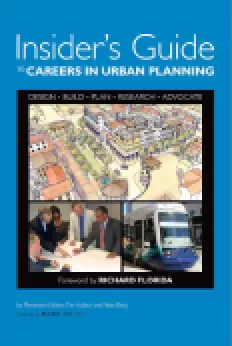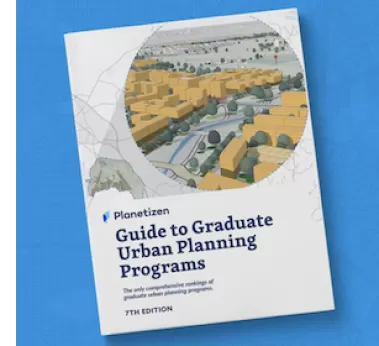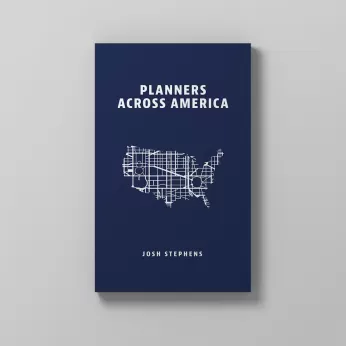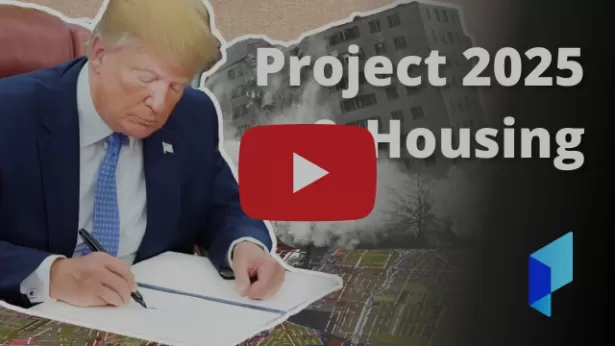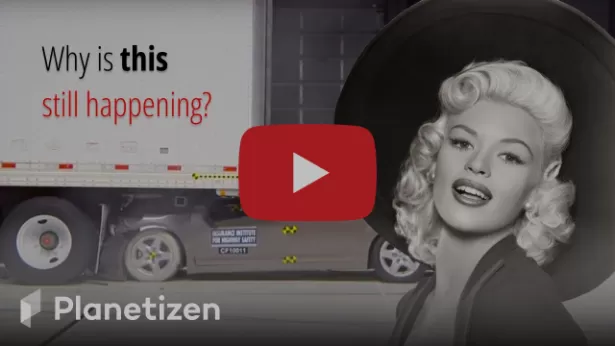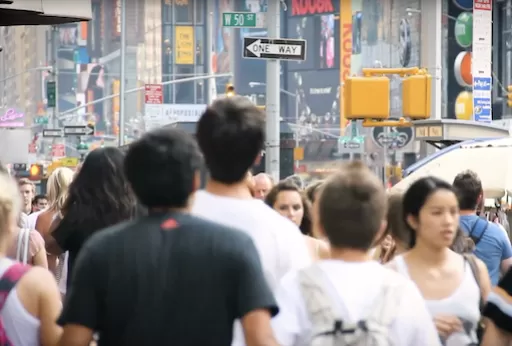The similarities between the nation’s most disadvantaged areas, often rural, reveal the economic patterns that lead to chronic poverty.

In a conversation with the Daily Yonder, H. Luke Shaefer, co-author of The Injustice of Place: Uncovering the Legacy of Poverty in America, discusses the book’s revelations about American poverty.
“The book takes on the surprising (to some) fact that most of the places with the lowest incomes, poorest health outcomes, and worst life chances are rural communities – especially those with large non-white populations,” writes Olivia Weeks. The authors assert that a close study of these places—rather than people—can illuminate patterns of poverty and disenfranchisement.
As Shaefer explains, the places with the deepest disadvantages in the United States “were all places dominated by a single extractive industry for decades, often from the end of the 19th century through the beginning of the 20th. The industries were controlled by a small group of elites but all required large, low-wage labor forces.”
The similarities between America’s most disadvantaged communities reveal the dangers of sole-economy places, Shaefer says. In these communities, the major industries often controlled all other aspects of life as well, and “Systems were developed to reinforce the social order and keep the low-wage labor force in place.” When the key industry went into decline, the community dependent on it had little to fall back on. “So many of the people we got to know in the communities we were in felt completely abandoned by the federal government. Furthermore I think they have very little faith that government could help them even if they tried.”
When it comes to community revitalization efforts, Shaefer notes that, in some cases, upper-class community members organize events and programs that miss the mark with most residents. “I might encourage those who are trying to foster citywide investment to start by listening and asking those with the least what they would like to see, and what community events should look like,” Shaefer adds.
FULL STORY: Q&A: How Studying Place Can Provide Insight on American Poverty

Planetizen Federal Action Tracker
A weekly monitor of how Trump’s orders and actions are impacting planners and planning in America.

In Praise of Analog Cities: Futureproofing in a Time of Crisis
I didn’t need a pandemic or a war to teach me that smart cities weren’t the future — but it sure drove the message home.
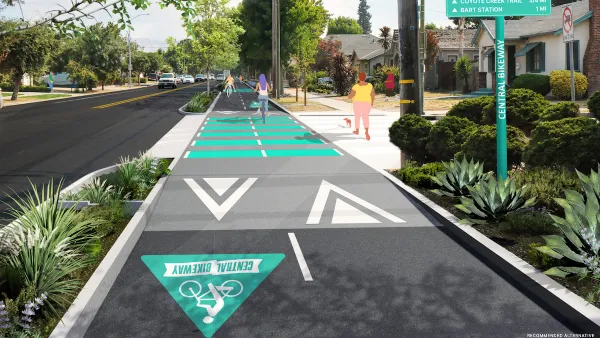
Silicon Valley ‘Bike Superhighway’ Awarded $14M State Grant
A Caltrans grant brings the 10-mile Central Bikeway project connecting Santa Clara and East San Jose closer to fruition.

Data Centers Threaten Western Water Supplies, Power Grids
The rapidly growing need for water to cool data centers is endangering one of the West’s most essential resources.

LA’s ‘Mobility Wallet’ Helps Bridge Transportation Gaps
The city gave 1,000 residents a $150 monthly transportation stipend that covered transit, bike share, ride hailing, and car rentals.

Half of Rural Texas Hospitals Could Close
Texas has lost 25 rural hospitals in the last two decades, more than any other state.
Urban Design for Planners 1: Software Tools
This six-course series explores essential urban design concepts using open source software and equips planners with the tools they need to participate fully in the urban design process.
Planning for Universal Design
Learn the tools for implementing Universal Design in planning regulations.
Heyer Gruel & Associates PA
Yukon Government
New Jersey Institute of Technology
Mpact (founded as Rail~Volution)
City of Camden Redevelopment Agency
City of Norman, Oklahoma
City of Portland
City of Laramie








